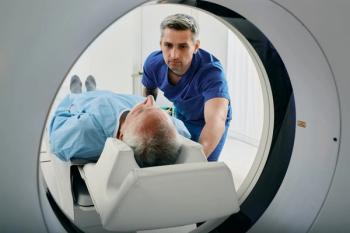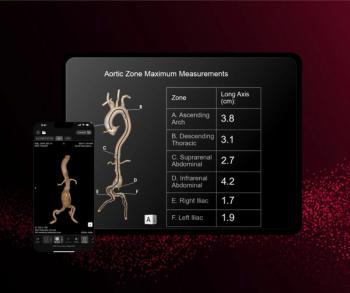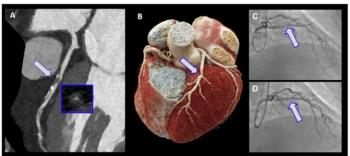
Scintigraphy/mammography combo could replace biopsy for developing countries
Nuclear medicine could offer an alternative to biopsy in developing nations where breast cancer pathologists may not be as readily available as gamma cameras are. A combination of technetium-99m sestamibi scintimammography (SM) and standard mammography
Nuclear medicine could offer an alternative to biopsy in developing nations where breast cancer pathologists may not be as readily available as gamma cameras are.
A combination of technetium-99m sestamibi scintimammography (SM) and standard mammography provides high specificity for cancer detection in patients with palpable masses and negative mammography findings, according to a study by the United Nations' International Atomic Energy Agency.
"We believe this technique could substitute for biopsy in countries with a low incidence in breast cancer and where no qualified clinical pathologists may be available to do adequate histological studies, such as fine-needle aspiration biopsies," said Dr. Omar Alonso, an assistant professor of nuclear medicine at the University of Uruguay's hospital in Montevideo.
Specialists in nuclear medicine, oncology, and mammography from four continents assembled over two years data comparing the diagnostic performance of SM in palpable breast lesions and assessed how useful a joint evaluation with mammography and SM could be. The results were published in the November issue of the Journal of Nuclear Medicine.
Alonso coordinated the study, which analyzed data from centers in Chile, China, Colombia, Cuba, Greece, India, Peru, Tanzania, Turkey, and Uruguay.
The technique should not be considered a perfect substitute for biopsies, he said. It may, however, provide a fast and minimally invasive alternative in centers that have the required equipment and chemicals such as Tc-99m sestamibi, which is regularly used as a radiopharmaceutical agent for myocardial perfusion studies.
The combined SM/mammography procedure may have implications for the diagnosis and treatment of cancer that could reach beyond the sphere of developing nations.
"It might become very useful in developed countries as well, in community centers that are far away from specialized referral centers," Alonso said.
Newsletter
Stay at the forefront of radiology with the Diagnostic Imaging newsletter, delivering the latest news, clinical insights, and imaging advancements for today’s radiologists.



























